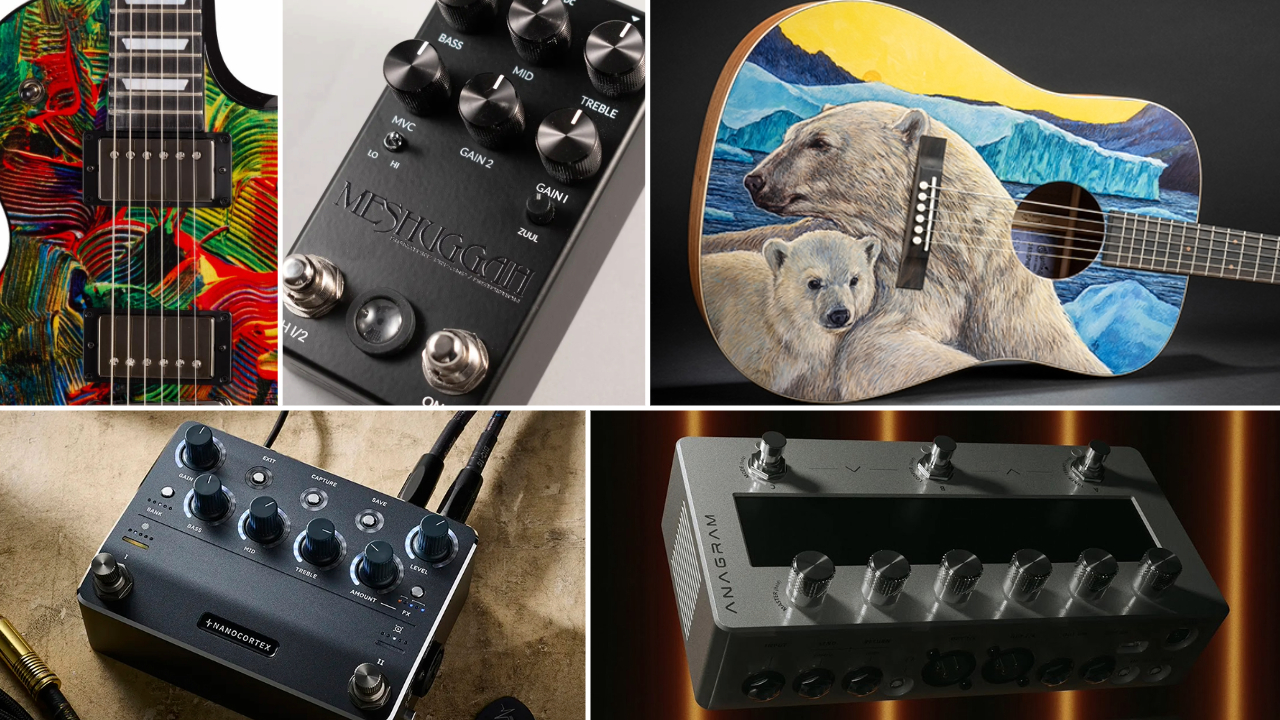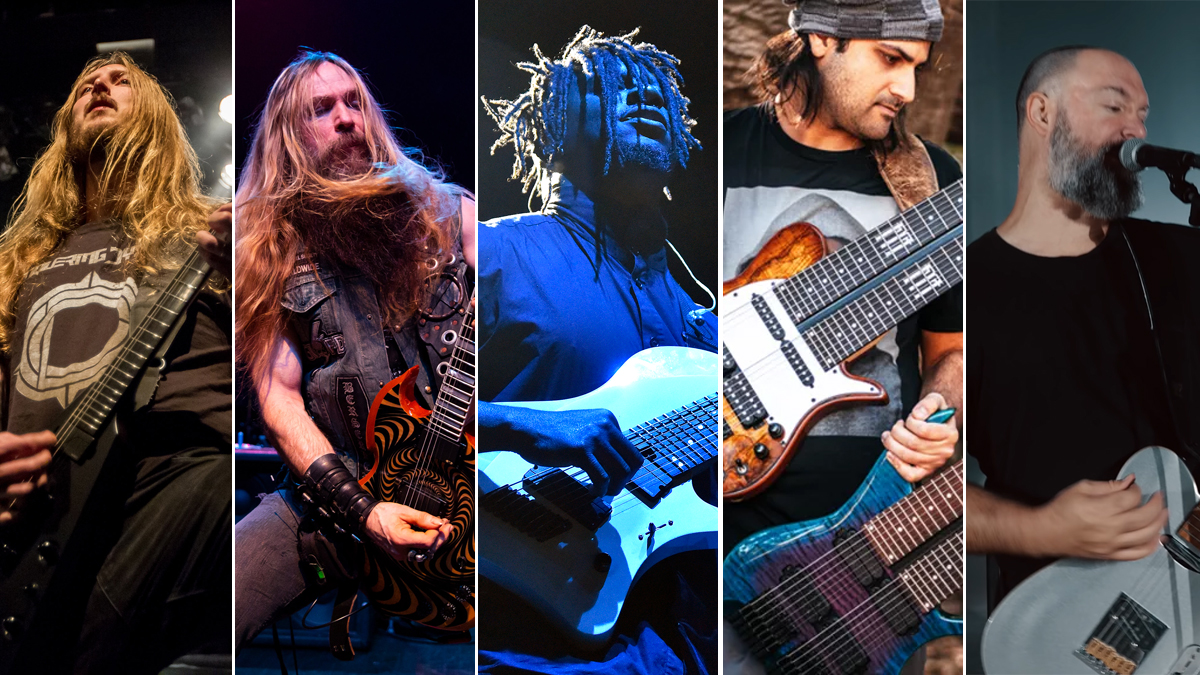
If you were to ask a member of the public to name an electric guitar company, you could probably guess their response. Fender and Gibson will immediately come into the minds of many, as will the likes of Ibanez and PRS. For acoustic guitars, Martin and Taylor are usually the first port of call.
There's good reason for this: these brands have been the largest players in the guitar market throughout the 20th and 21st centuries. Along with a handful of other household names, the guitar industry has been somewhat dominated by the same type of brands: large companies with historic roots. Indeed, even storied companies such as Gretsch, Charvel and Epiphone now fall under the Fender/Gibson umbrellas.
There are, however, alternatives to these big brands – companies born from an individual’s personal project to perfect their playing tool, or from a desire to push the functionality of the guitar and redefine what is possible from a fretboard. And, sometimes, these companies are established by mainstream professional guitar players.
The roots of such ventures can be as iconic as their six-string forebears. Early pro brands such as EVH Gear and Brian May Guitars, for example, evolved from Van Halen and May’s own personal DIY jobs from the ‘60s, '70s and ‘80s – notably the Wolfgang and Red Special – which are now both available as mass-produced models.
But over the past few years, their endeavors have been replicated by a handful of recently established pro-owned brands. Longtime Ozzy Osbourne guitarist Zakk Wylde and Animals As Leaders virtuoso Tosin Abasi are prominent examples, having both established their namesake brands – Wylde Audio and Abasi Concepts – in the past six years.
They’re not alone, either. The rise of social media and the “YouTube personality” has coincided with an increase in artist-owned companies, with the likes of metal maestro Ola Englund and Andertons alumni Rob Chapman also pursuing production under their own names. Felix Martin, an LA-based double-neck tapping whiz, is an even more recent example, having launched FM Guitars just two years ago.

To explore this rise in artist-owned guitar brands and what they mean for the wider guitar world, we caught up with the five players above, who shared their experiences of starting, running and owning their own brands as pro players.
Get The Pick Newsletter
All the latest guitar news, interviews, lessons, reviews, deals and more, direct to your inbox!
Of course, this list is by no means exhaustive and, in a bid to avoid a Kirk Hammett-style controversy, it’s important to note that many guitar companies today are headed up by professional guitar players. Nevertheless, few artists are doing it with the same levels of success – and even fewer are reaching the same heights of innovation – as these five players.
Birth of a brand
For some players, starting a guitar company is about having the freedom and resources to let their personal creativity loose. In this sense, Van Halen set the template: seen as the godfather of guitar mods, the legendary shredder started his journey towards the EVH brand when he set out on his trailblazing DIY mods at the start of his career.
Several signature models later, the virtuoso partnered with Fender in 2005 to create the EVH Wolfgang – the ultimate refinement of his classic Peavey prototype and his “last attempt to get things done right” when it arrived in 2009.
Wylde is another example of this approach, having teamed up with Schecter to create Wylde Audio, which officially launched back in 2016. For the Black Label Society guitarist and former Gibson signature artist, his company acted as a creative outlet to design guitar shapes that couldn’t be found elsewhere on the market.
His desire to experiment with body aesthetics and include his go-to specs in a neat gnarly package – one that would meet all his recording and touring desires – was what ultimately led him to starting his own company.
You can't even say the sky's the limit, because there is no limit. [You can do] whatever your imagination thinks up
Zakk Wylde
“I have all the freedom in the world as a guitar player to do whatever I want,” he replies when asked about the inspiration behind the brand. “That's what it's all about: freedom, and just being able to do what you want. I mean, you can't even say the sky's the limit, because there is no limit. [You can do] whatever your imagination thinks up.”
A signature guitar can also act as a catalyst for a new company. Swedish YouTuber and The Haunted guitarist Ola Englund – who launched Solar Guitars in 2017 after a brief collaboration with Washburn – is a prominent recent example.
As Englund explains, “When I first approached Washburn [for a signature guitar], I brought my own design into the brand. I had meetings with other major brands as well at the time, but no-one really wanted to take in my design. When I decided to leave the company, I also brought out my designs.”
It’s an experience shared by Clockwork Wolf & Co guitarist Rob Chapman, who stumbled into launching his own brand after working to develop a signature model with British company Gould. Following the guitar’s launch, Chapman decided to take the plunge and pursue producing guitars under his own name in 2009.

Other company leaders are more about innovation, and see their brands as vehicles with which they can explore unique designs and aesthetics. Venezuelan-born tapping aficionado Felix Martin, for example, launched FM Guitars two years ago to create a daring range of double-fretboard 12-, 14- and 16-string instruments. “I had a totally new product to offer, he says simply, “so it made total sense.”
Progressive instrumentalist Tosin Abasi experienced a combination of both scenarios: he wanted to explore a fresh approach to eight-string functionality and body ergonomics, and initially did so with the help of Ibanez. However, despite designing a fully functioning prototype of his design, he ultimately set out on his own under the Abasi Concepts mantle.
“As an extended range player, there was a point where there weren't a lot of major manufacturers making eight-string guitars,” he says of the futuristic Larada's origins. “It was hard to get pickups, it was hard to get bridges, so I ended up commissioning a few builds.
It always felt that the eight-string deserved to be conceived and built from the ground up
Tosin Abasi
“It always felt that the eight-string deserved to be conceived and built from the ground up, as opposed to taking an existing model with the same string spacing and scale length and just multiplying that. There were things available, but I never saw the perfect [guitar].”
As for what encouraged him to begin producing guitars under his own name rather than continuing with Ibanez, Abasi cites the limited scope for experimentation and elongated production times that were associated with making a boutique model through a large corporation.
“The prototyping process actually took a long, long time,” Abasi recalls. “Because any change I would make to the prototype would basically take a quarter of a year before I saw the factory level representation of that.
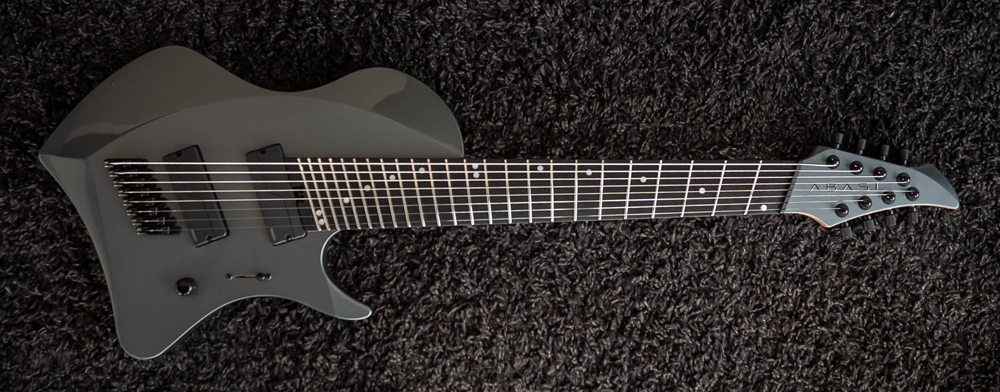
“Although what Ibanez were giving me was great, I started to realize that, ‘Okay, this is going to be limited to just eight strings, and usually one body color and one pickup configuration,’ because that's what a signature guitar is, right?
“Because of the timeline and the limits on what they would release, I just started to feel inspired to take the risk to do my own thing.”
Echoing these sentiments, Englund observes, “I find it very exciting and rewarding that I am able to turn an idea into a real product in a very short time.
My ideas, plans and passion can seamlessly turn into reality without unnecessary obstacles
Ola Englund
“I don’t have to convince any bankers, CEO, board members and managers for months before I can turn an idea into a real product,” he concludes. “My ideas, plans and passion can seamlessly turn into reality without unnecessary obstacles.”
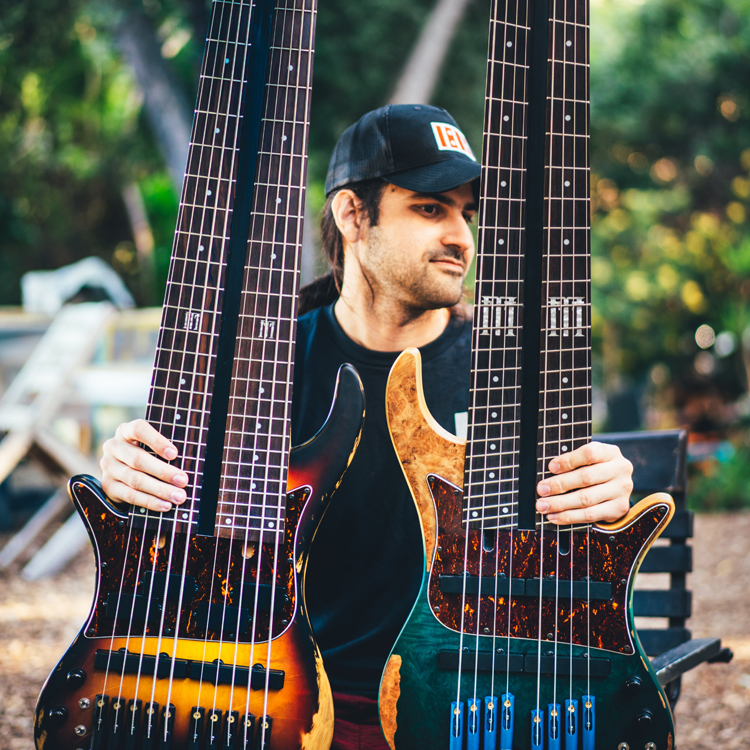
Creating for consumers and production problems
“One of my main lifetime goals,” Martin reflects, “was for other people to finally play my instruments.” This mindset of providing high quality alternatives to the masses seems to be a commonly held ethos throughout all brands – from Chapman Guitars, whose models are “collaboratively designed via polls or voting”, to FM Guitars, whose entire plan is to create guitars that “actually work for other artists”.
Despite this desire, it’s unsurprising that everyone we spoke to initially set out on their journey to create electric guitars they would personally want to play – customer approval begins as a positive side-effect of their hard work, but becomes more of a focus the older a company gets.
“The original Larada, the one that started it all, is basically what I need to play Animals As Leaders,” Abasi admits. “But inadvertently, I think it's one of the best-playing eight-strings you're going to encounter. I do consider what people need, but with this [original] one, I considered what I needed. And it overlaps with what anyone who's looking for a versatile eight string would want.”
The Larada was followed by the equally futuristic Space T model, which Abasi says was the result of a more conscious effort to modernize the Telecaster design and provide players with a “different vibe while retaining the timelessness”.
I wanted to make something that, whether my name was on it or not, people would just objectively love it
Tosin Abasi
“I wanted to make something that, whether my name was on it or not [people would say], ‘Dude, this thing feels great. It looks amazing,’” Abasi notes. “I want people to just objectively love it.”
Wylde concurs. “It would be a combination of both,” he says with regard to balancing consumer demands with his own. “You hope people dig it, but it has to be something I want to play. Whether it's the Nomad or the Odin or the Barbarian or the Viking V… I play them all. Whether I'm playing with [Ozzy Osbourne], Black Label or I'm doing Experience Hendrix, I use all my guitars.”
It’s not all smooth sailing in the world of guitar production, though – especially for artists. Abasi, Englund and Martin are quick to point out the well-documented pandemic-induced supply issues of recent times, which impact even the largest of companies, are particularly taxing.
Abasi also notes the pressure of producing consistently perfect guitars that are up to an acceptable standard. That, and the unique challenges his ergonomically complex guitars pose.
“There's a lot of moving parts in there. It's all behind the veil,” he admits. “There was some trial by fire [with] reliably producing guitars with no cosmetic flaws and no structural flaws, on time, consistently. There are so many moving parts, but at the end of the day, your brand is the only thing people see.
“It can be especially difficult with something that's really complex. It's fine if you're making a Strat copy bolt-on, but when you have all of these really complex curves, contours and ergonomics, it's a bit more difficult.”
“Breathing fresh life” into the guitar industry
It’s no secret the guitar is on an uptick. According to Fender, over 16 million people in the US alone started playing the instrument over the past two years. Marry that with an emerging generation of aspiring guitarists – many of whom are inspired by the players they see on social media – and the future for the instrument looks bright.
It’s a similarly optimistic time for artist-owned guitar brands. In fact, Wylde even draws parallels between now and the first wave of player-sponsored guitar companies, saying “it’s an exciting time for guitars”.
“At the end of the day, it's all about freedom of being able to create and do all the things that you want to do,” he muses. “When you really think about it, back in the late ‘70s, St. [Randy] Rhoads and King Edward [Van Halen] were the ones that really ushered in these boutique, handmade [guitars].
Back in the day it was Gibson and Fender. That was about it. Then Eddie came in, and it was like, ‘What kind of guitar is that?’
Zakk Wylde
“Back in the day it was Gibson and Fender,” Wylde adds. “Jimmy Page, Jeff Beck and Eric Clapton were playing either the Gibson Les Paul or Fender Strat. That was about it.
“Then Eddie came in, and it was kind of like, ‘What kind of guitar is that?’ You know, him using all the different crazy shapes. And just like that, it ushered in [new guitar designs].”
As for why more artists are starting their own brands now, and why more players are turning to these instruments in favor of the tried-and-trusted names, the same answer comes up time and again: social media. That, and the fact that some of these newer brands are bringing out guitars that can’t be found elsewhere.
Indeed, Abasi says the ability to interact directly with fans on social media, more widely accessible means of production and technological advancements create a “perfect storm” for artists wanting to start their own companies.
“Now, a lot of artists have their own social media where they have hundreds of thousands, or even millions, of individual followers directly at their access,” he says. “And I think that elucidates the strength of the artist.”
Chapman agrees: “With the world becoming smaller and route to market becoming more direct via social media, it just makes sense for the ‘taste makers’ and influencers to create products that they are passionate about and people ask for.”
“Being an online figure, I have a tighter relationship with the end consumer,” Englund adds. “And on their end they also have a closer relationship to the brand. People are maybe a little tired of the same guitar brands and supporting big companies. I can only speak for myself, but I suspect [people are buying artist’s guitars] for the same reason I started the company. There’s room for more niched guitars.”
I think it’s great that people are choosing newer brands – we are offering something unique, updated and new
Felix Martin
Martin is equally upbeat about the future of artist-owned gear companies, particularly in their role in providing cutting-edge designs and functions to players. “I think it’s great that people are choosing newer brands instead of the legendary ones,” he enthuses. “We are offering something unique, updated and new.
“Starting a company as an artist is not easy, especially with so much competition. I think people are going to be looking for non-traditional guitars like this even more, which is great.”
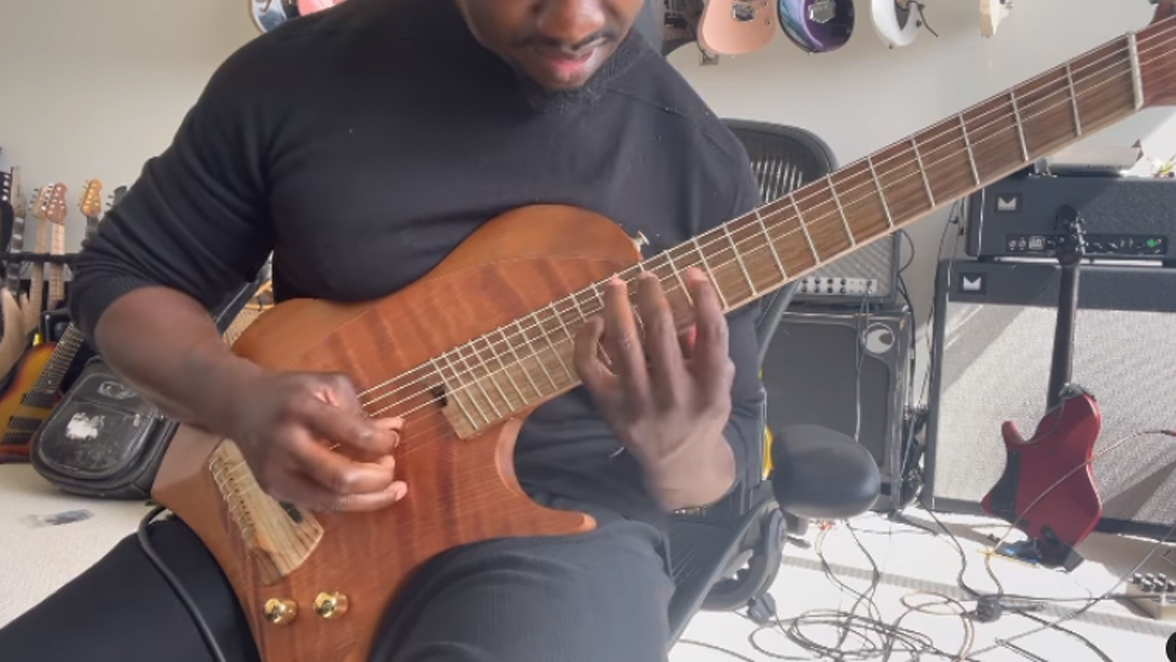
Suffice to say, the future of each brand looks busy. For Abasi, he has another innovative instrument on the way: a seven-string nylon guitar that seeks to provide progressive players the perfect acoustic platform – something that will offer a seamless transition for electric players.
Wylde, too, has a few models on the horizon – a new guitar will be arriving at some point in the future – as do Englund and Martin, though the latter remains tight-lipped over what dual-’board beasts he has in store for the future.
As well as his own brand, Chapman is also buoyant over the direction the guitar industry is going, and is particularly excited at the prospect of artists playing a larger role in the production side of things.
I think it’s awesome to see other brands being launched by other musicians. It’s breathing fresh life into an industry, which, from time to time, can feel stagnant
Rob Chapman
Chapman concludes, “It’s breathing fresh life into an industry, which, from time to time, can feel stagnant.
“I think the future is bright. I hope lots of artists start their own brands. I think it’s awesome to see other brands like Solar and Abasi Concepts being launched and successfully run by passionate, amazing musicians who actually go out and play.”
- Visit Abasi Concepts, Wylde Audio, FM Guitars, Chapman Guitars and Solar Guitars to find out more about each brand.
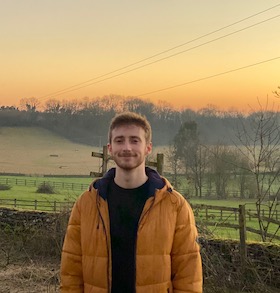
Matt is the GuitarWorld.com News Editor. He has a Masters in the guitar, a degree in history, and has spent the last 16 years playing everything from blues and jazz to indie and pop. When he’s not combining his passion for writing and music during his day job, Matt records for a number of UK-based bands and songwriters as a session musician.
“I loved working with David Gilmour… but that was an uneasy collaboration”: Pete Townshend admits he’s not a natural collaborator – even with bandmates and fellow guitar heroes
“This guy kept calling saying, ‘I’ve never been in a band before, but I’m the best guitarist ever.’ When I heard him play it was like a fire from heaven”: The life and times of Killing Joke visionary Geordie Walker – the guitar hero’s guitar hero










![[from left] George Harrison with his Gretsch Country Gentleman, Norman Harris of Norman's Rare Guitars holds a gold-top Les Paul, John Fogerty with his legendary 1969 Rickenbacker](https://cdn.mos.cms.futurecdn.net/TuH3nuhn9etqjdn5sy4ntW.jpg)


